A new Geographic Indication has appeared on the wine map of Argentina: El Peral GI in Tupungato, Mendoza, is a historic terroir in the Uco Valley with a treasure trove of old vineyards where local wineries are taking fresh and innovative new approaches.
The region in the Andean foothills boasts several characteristics that make it unique: century-old vines, especially Semillón and Malbec, the altitude, with plantations beginning at 3600 feet and rising higher the closer they get to the Cordón del Plata range; and innovation, with new vineyards being planted at heights of 5000 feet.
Chandon Argentina, who have been investing in El Peral since 2005, planting a range of varieties in the area, took the initiative alongside other producers (Valmor, Trapiche, Calandria, Monteverdi, Armando Perinetti, CABA, Rafael Reina, Espínola and Juan Soto) in applying for GI protection for El Peral, a goal that was finally achieved in January 2023.
“We did three years of field work with the Faculty of Agrarian Sciences at the Universidad de Cuyo, gathering meteorological information over a 10-year period so as to establish the climatic character of the region,” says Mario Sonzogni, the Head of Vineyards at Chandon Argentina.
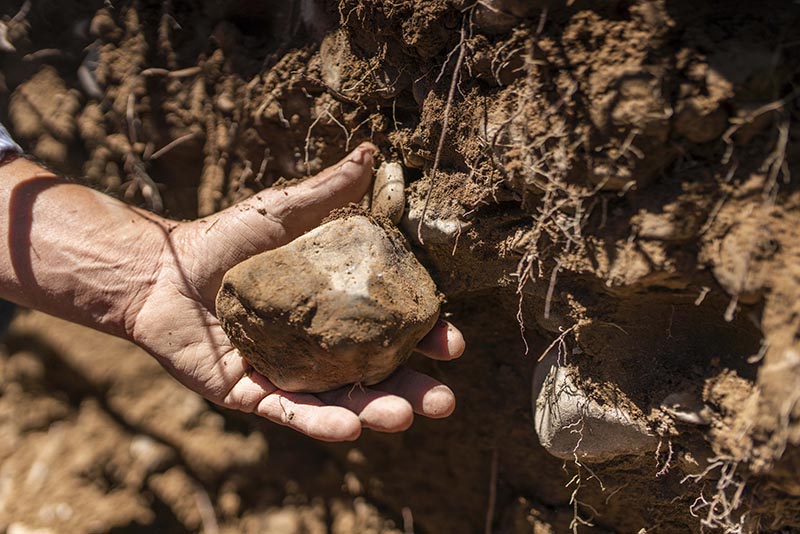
Meanwhile, Germán Masera, the owner of Escala Humana Wines, who produce the Livvera and Credo lines with grapes from El Peral, says: “This is a very important region because we’ve managed to preserve very pure, valuable genetic material, but also due to the knowhow of the producers who are so dedicated and studious with their vines, which incidentally, has bequeathed us with a beautiful landscape.”
The distinctive qualities of the El Peral GI
In all, El Peral has 2740 hectares under vine and its geography is defined by the Lomas de Jaboncillo and Lomas de El Peral ranges, which are part of the Cordillera Frontal. Its soils vary markedly depending on the slope in question, ranging from clay and rounded pebbles to more calcium-rich make-ups at higher altitude.
These alluvial soils were formed during the rise of the Andes, with snowmelt progressively washing material from the mountains down into the plains.
The climate, like the other regions of Tupungato, is temperate and warm in the day but cool at night with average rainfall of about 244mm, an ideal combination for vine-growing.
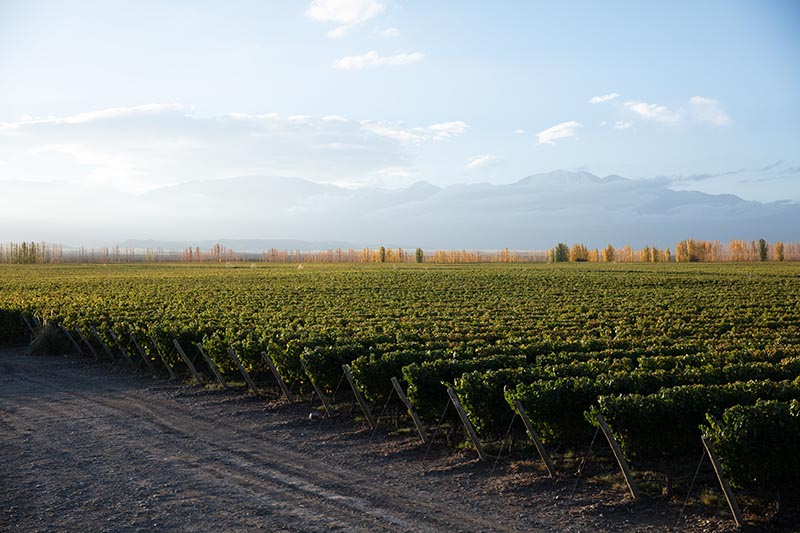
The wines of El Peral
“El Peral is a very unique region as it is one of the highest areas of Tupungato and vines have been grown here for eighty years,” says Estela Perinetti, the winemaker and owner of Las Estelas Wines one of the historic estates of the region. “At first, it seemed crazy to try to grow in this cold, high area, but today it’s a jewel of the Uco Valley.”
Regarding Malbec from the area, Perinetti (who makes an excellent example with Las Estelas Malbec) says: “They tend to have distinctive, intense fruity qualities with herbal aromas such as thyme and aniseed, very gentle tannins and the wild touch that one gets in the Uco Valley.”
Meanwhile, Sergio Casé, the oenologist at Trapiche, who uses grapes from El Peral for his Malbec Terroir Series Coletto, says: “Malbec has a very expressive fruitiness with higher than average acidity, resulting in alluring fluidity and freshness, especially with the grapes we harvest from the old vines at Finca Coletto”.
When it comes to Semillón, Germán Masera praises the cool climate, saying that “El Peral is a green lung with plenty of life, energy and a good thermal range. This helps us to better preserve the acidity, resulting in very fresh, perfumed wines with rewarding texture and lengthy finishes.”
As he says, Semillón is an iconic variety of the El Peral GI so it’s worth noting a few stand out versions: Credo from Escala Humana; the wine made by Sebastián Zuccardi for his Polígonos del Valle de Uco line, and Balsa de Piedra, by Michelini I Mufatto, are some of the best.
Oher white varieties are also flourishing: Las Estelas Chardonnay, the White Blend from El Equilibrista created by Juan Ubaldini, and a few interesting Sauvignon Blancs such as Piedra Líquida by Giuseppe Franceschini and Montesco Silvestre by Matías Michelini.
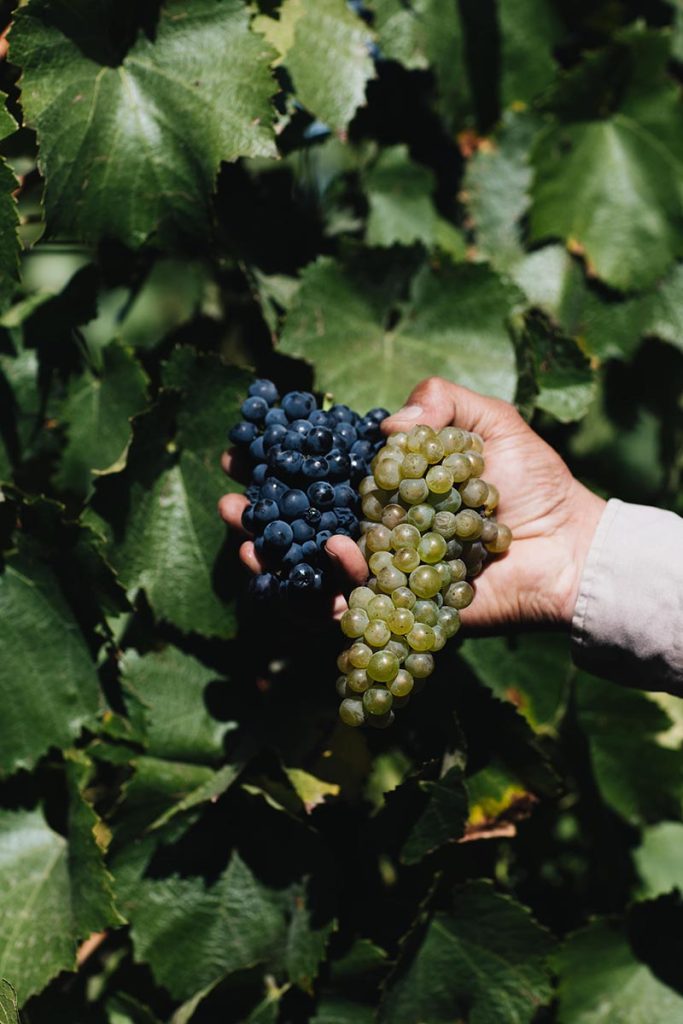
Innovation at the El Peral GI
In addition to the historic varieties, more recent plantations are adding value to the area. Many of them are meant for sparkling wines, as is true of the Caicayen (4100 fasl) and Cepas del Plata (5000 fasl) vineyards owned by Bodega Chandon where Pinot Noir and Chardonnay are mostly grown.
“Although we have a large surface area under vine in El Peral, meaning that we get different expressions depending on the area, shared qualities are elegance, refinement and well-integrated tension (natural acid). The Chardonnay has a fruity, mineral character and the Pinot Noir offers an excellent fruity structure that allows us to produce complex wines with textures and layers like Baron B or the Chandon Blanc de Blanc and Blanc de Noir,” says Diego Ribbert, Director of Oenology at Chandon Argentina.
The establishment of the new El Peral GI is a means of highlighting the quality of grapes and wines from the region by giving them greater recognition, as has already occurred with other regions such as Las Compuertas, Gualtallary and Los Chacayes. It represents another significant step in identifying and preserving the most important terroirs in Argentina.

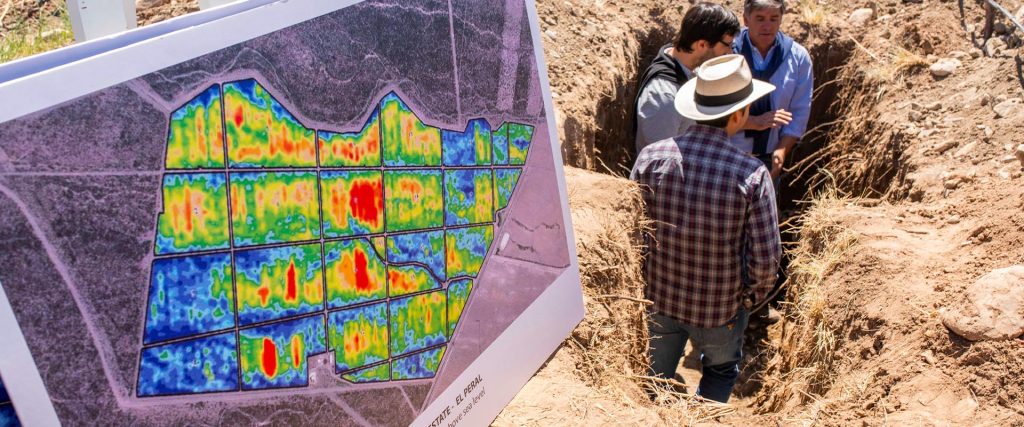
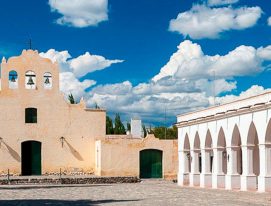
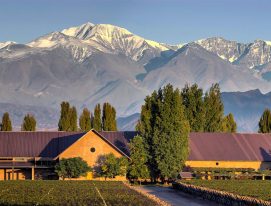
Pingback: How A Geographic Indication Is Formed